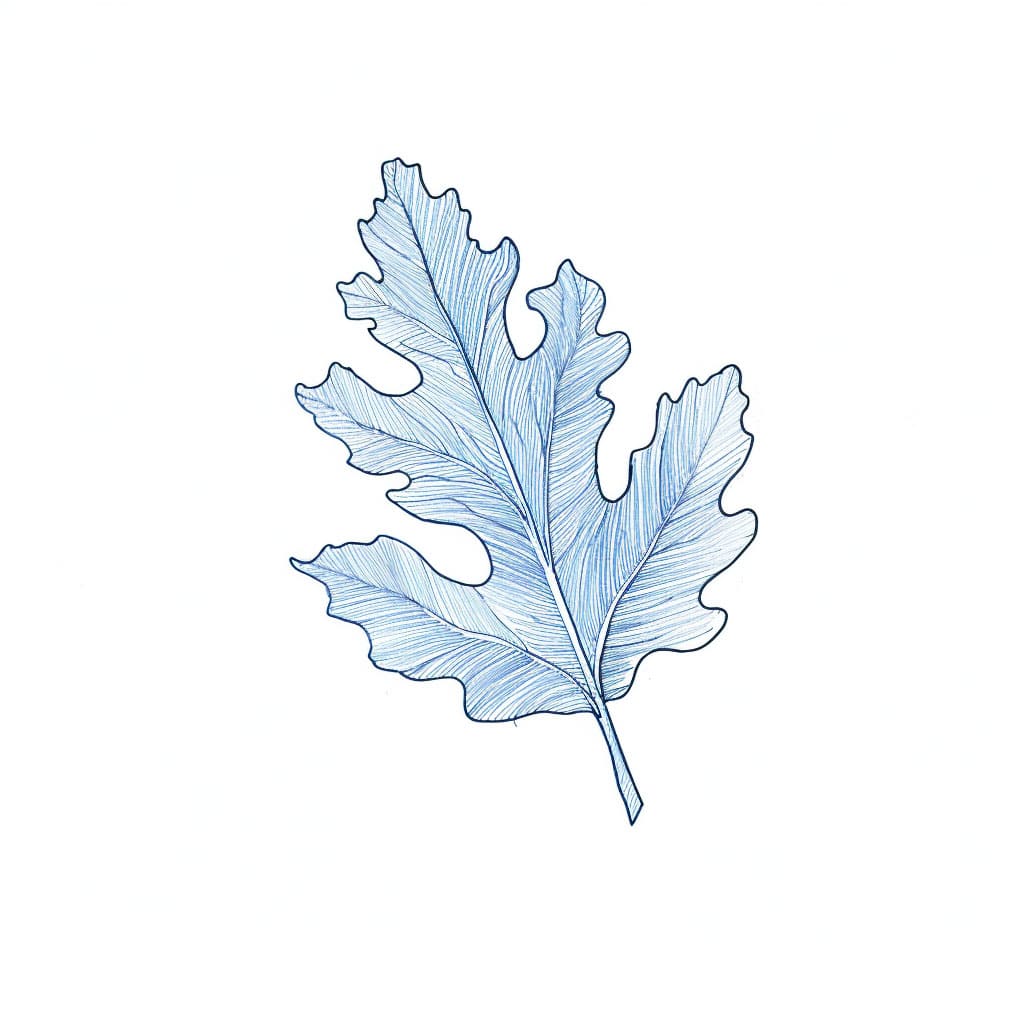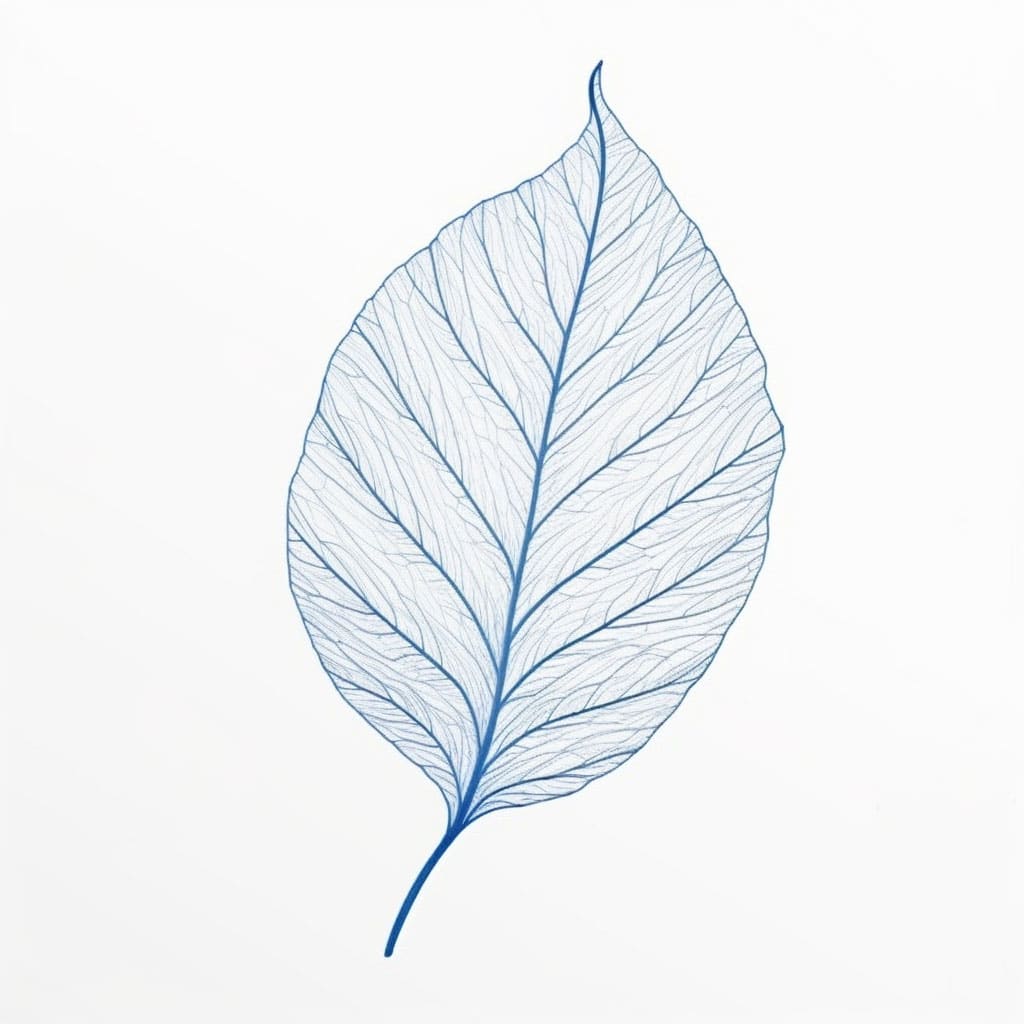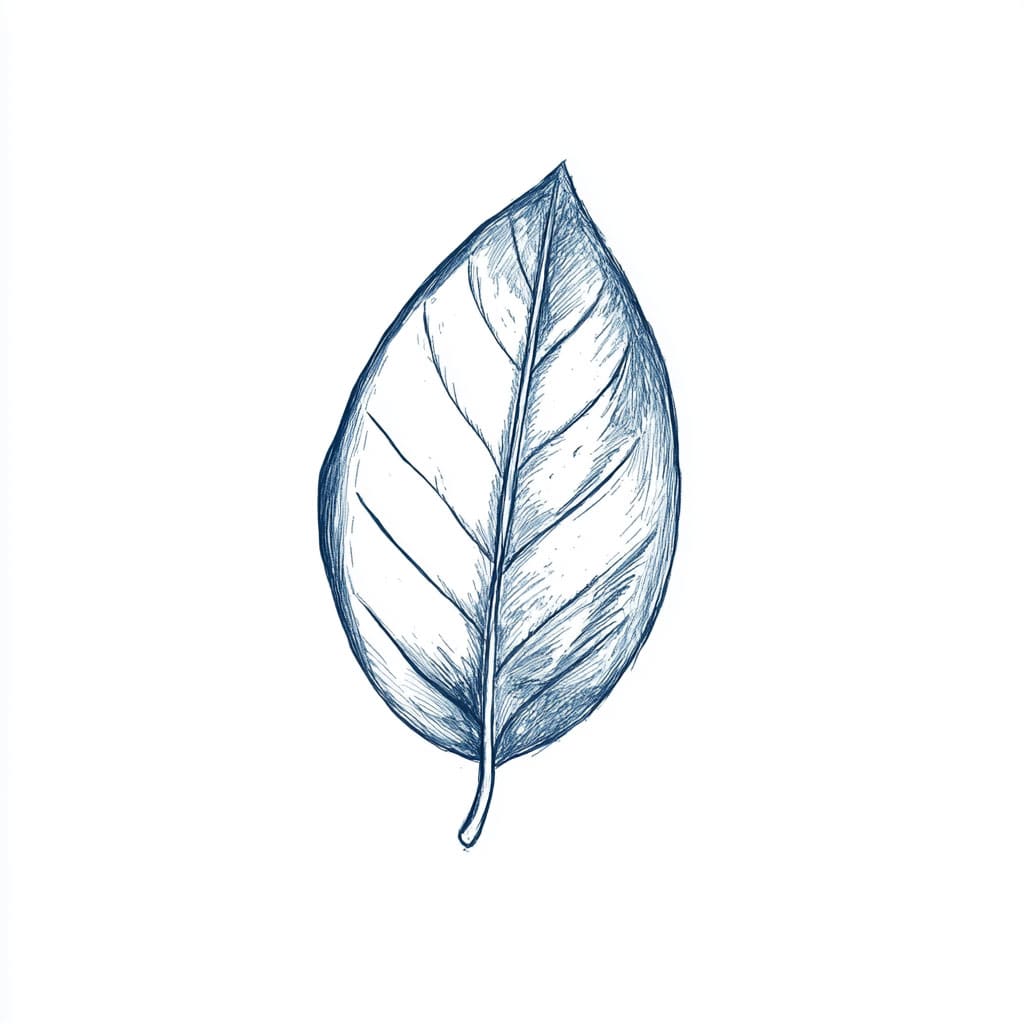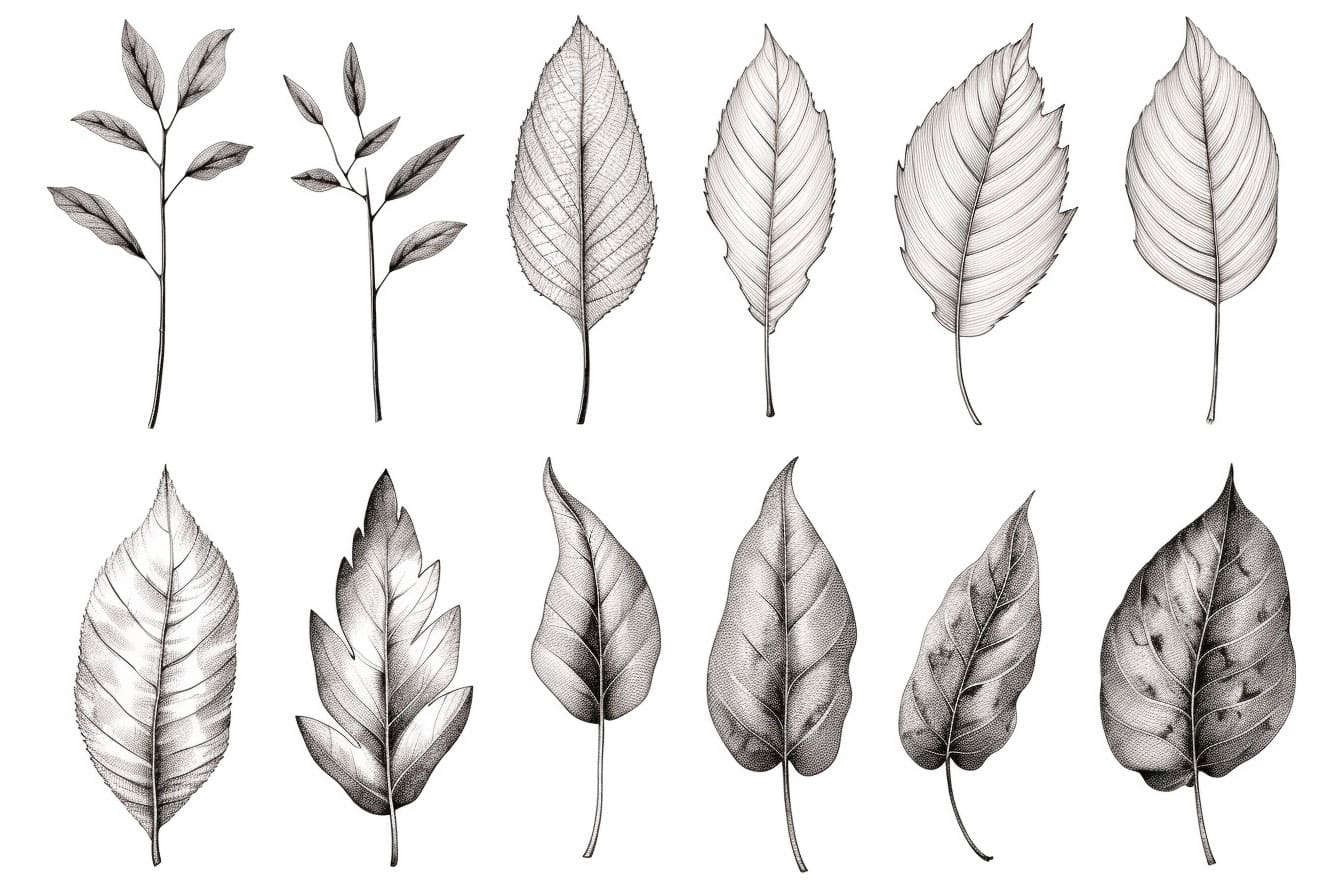Autumn hit differently this year. Standing in the park, watching leaves spiral down.
Started noticing patterns in the chaos. Nature’s blueprints, written in veins and stems.. Nature’s blueprints, written in veins and stems.
Pulled out my sketchbook right there. Cold bench, warm coffee. Perfect conditions for leaf studies.
Been thinking about structure lately. How every leaf follows a plan, but no two turn out quite the same. Like jazz – there’s a framework, but the beauty is in the improvisation.



Did some research on leaf architecture. Botanists have this whole vocabulary for vein patterns. Pinnate, palmate, parallel. Poetry in scientific language.
Found myself lost in drawing the spaces between veins. The negative shapes tell stories too. Sometimes what you don’t draw is more important than what you do.
My old botany professor would love this. She always said “Nature abhors straight lines.” But look closely at a maple leaf’s veins – they start straight, then dance away into curves. Nature knows when to break its own rules.
Filled three pages just studying how veins branch. There’s this moment of decision at each split – like a river choosing its path. Golden ratios hidden in green geometry.
Speaking of green – tried something new today. Drawing autumn leaves without color. Focusing on structure forces you to see differently. Those crinkled edges aren’t random. They’re following an ancient mathematical song.

Taped some leaves to my window. The backlight reveals secrets. Each leaf is a city seen from above – highways of veins connecting neighborhoods of cells.
Oliver (my cat) keeps batting at my specimens.. Knocked my reference leaves off the desk twice now. But watching them fall… there’s a lesson there too. Even in falling, leaves follow patterns.
Started organizing my sketches by vein structure. Realized I’m drawn to the oddities – the leaves that break pattern in interesting ways. Imperfection tells better stories than perfection.
The Japanese maple outside my studio is dropping leaves like confetti. Each one a tiny masterpiece of engineering. Nature spent millions of years perfecting these designs.
Been experimenting with different tools. Fountain pen for main veins, lighter touch for the branching patterns.. Fountain pen for main veins, lighter touch for the branching patterns. Like drawing a family tree – each line leads to smaller lines until they disappear into the page.
Had this moment today – realized leaves are really just nature’s solar panels. All that intricate structure just to catch light efficiently. Form following function in the most elegant way.
Later on, I’ll focus on decay patterns. There’s another kind of architecture in how leaves break down. But for now, my coffee needs reheating, and there’s a perfect oak leaf on my desk demanding attention..










